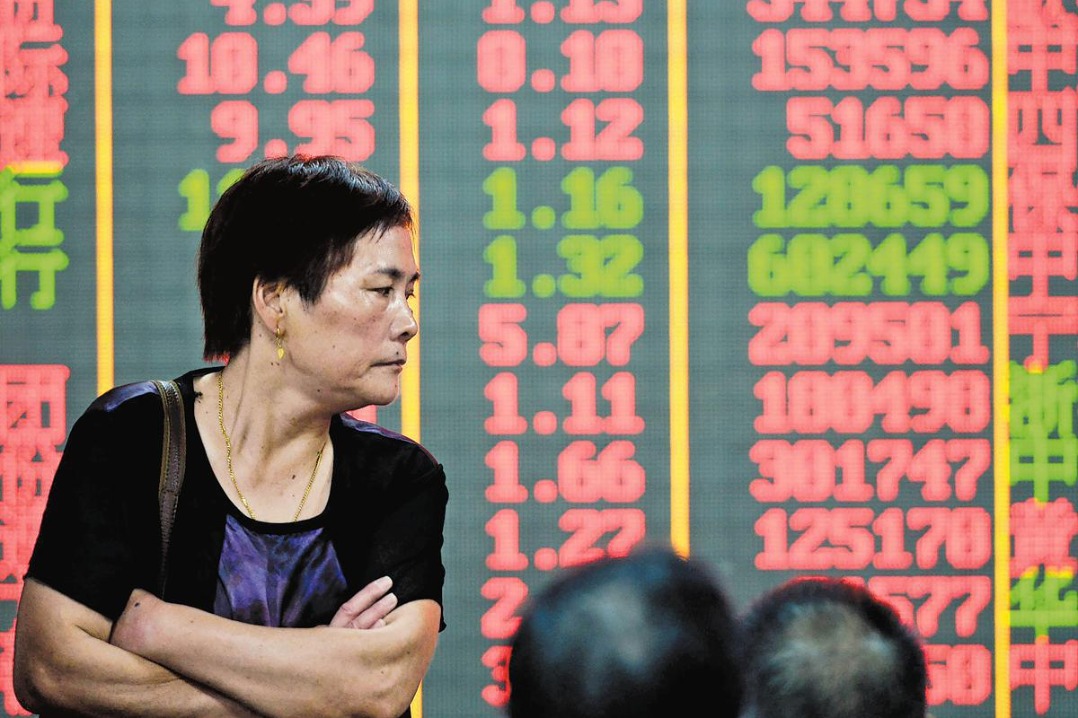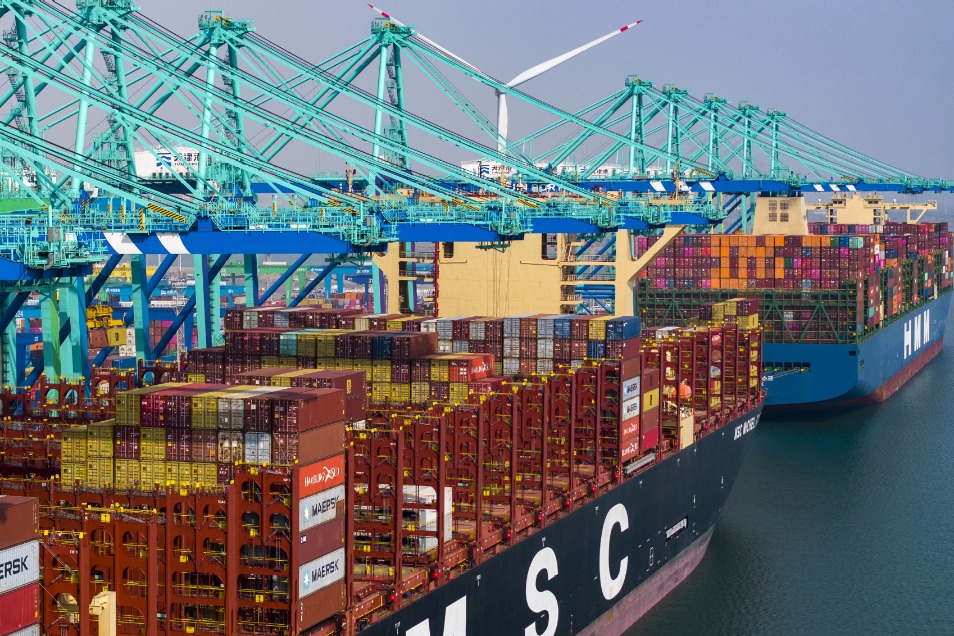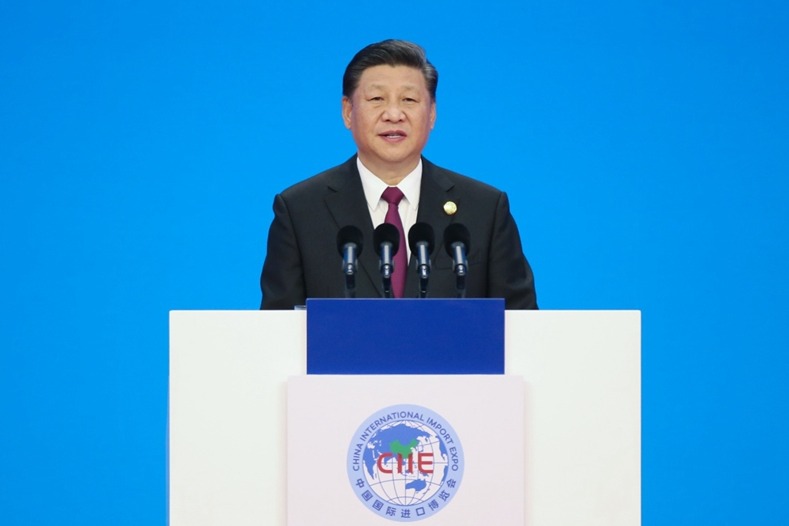Revitalization plan will lead to recovery


The novel coronavirus outbreak has caused a steep decline in global economic growth, with the Chinese economy contracting 6.8 percent in the first quarter of 2020, down 13.2 percentage points year-on-year.
But the Chinese economy is expected to rebound rapidly in the second quarter, turning from negative to positive growth. To change the inverted V-shaped growth curve caused by the pandemic into a V-shaped growth curve, the country needs to launch an economic revitalization plan.
A more proactive fiscal policy needed
Implementing a more proactive and promising fiscal policy is one of the best ways to help boost domestic demand and steady economic growth. As the country attempted to boost demand and steady growth, the fiscal deficit rate increased from 2.8 percent in 2019 to more than 3.5 percent in 2020-an increase of 3.64 trillion yuan ($513.99 billion) in budget deficit. And local government debt increased in the process of driving up overall capital, including bond, investment.
So the scale of special treasury bond issuance may be expanded to 3 trillion yuan for both public and investment institutions, which is nearly twice that of 2007 (1.55 trillion yuan). The fund will be used for infrastructure construction, especially to boost new sectors, to ensure the early commencement of major projects of the 14th Five-Year Plan (2020-25).
The special bonds will also be invested in seven areas: transportation infrastructure, energy projects, agriculture, forestry and water conservancy, ecological and environmental protection projects, livelihood services, cold chain logistics facilities, municipal infrastructure and industrial park projects. They will also be used to expedite the growth of 5G networks, data centers, artificial intelligence, logistics, and internet of things.
Preferential tax policies to ease taxpayers' burden
Besides, as one of the important tools for counter-cyclical adjustment, preferential tax and fee policies will be implemented soon.
The State Council, China's Cabinet, has issued 20 preferential tax and fee policies in four batches to not only reduce taxes but also delay the payment of taxes depending on different situations (such as the degree of damage). These measures can create a big enough window for enterprises and individual businesses to resume normal production.
Apart from a supportive fiscal policy, however, China also needs specific policies for strengthening the domestic consumer market.
China has the world's largest population (1.4 billion) and the fastest per capita consumption growth rate (9.0 percent in 2018), much higher than the global average growth rate of 2.0 percent.
And its total household consumption volume (in terms of purchasing power parity, 2011 international yuan) is second in the world, rising from 8.6 percent in 2010 to 13.2 percent in 2018.
But the percentage of China's household consumption in its GDP was 39.4 percent, well below the world average of 57.7 percent. This means its domestic market has huge potential for growth, which gives it a big advantage in coping with any global recession.
Top planning body aims to boost consumption
In fact, the National Development and Reform Commission, the top planning body, and other departments have formulated a set of policies to promote consumption and strengthen the domestic market.
Yet there is a need to optimize the supply structure of the domestic market, for example, by enhancing the competitiveness of domestic products and services in order to expand consumption of self-owned brands.
There is also a need to build an integrated consumer network covering both urban and rural areas, as the countryside will see a growth of supermarkets, convenience stores and express delivery services.
The construction of a "smart +" consumer ecosystem and promotion of new formats, models and patterns of consumption, too, have to be expedited.
Most number of jobs created in the world
China has already implemented pro-employment policies to create the highest number of jobs in the world. In 2019, for instance, 442.47 million people-or 57.1 percent of China's total workforce-were working in urban areas. And the 13.52 million jobs created in 2019 made up 41.2 percent of the total yearly increase of workforce worldwide. This shows that, faced with humongous employment pressure, China has been able to create the maximum number of jobs in the world.
Moreover, five types of measures are needed to make the job market secure and stable.
To begin with, as part of pro-employment policy, the authorities should promote resumption of production and other economic activity, boost investment-driven and industry-driven employment, improve the environment for self-employment, and support flexible employment through multiple channels.
They should also help migrant workers get employment and increase their incomes by encouraging local employment, especially supporting the employment of poor laborers.
They should broaden the employment channels of college graduates, too, by expanding the scale of employment in enterprises and the armed forces.
The authorities also need to improve the basic living standards of people by giving them unemployment allowance and helping them in other key areas.
And they should provide stronger employment assistance for workers through large-scale vocational training and optimization of job services.
Domestic demand growth will generate employment
A good growth in domestic demand will generate employment, which in turn will improve the quality of employment, especially in terms to wages.
Therefore, despite the pandemic-induced downturn, we should focus on not only economic recovery but also job creation and income stability.
Further, China's GDP and import volume in 2019 were respectively 2.3 times (at constant prices) and 1.75 times (in yuan) that of 2008. Which means China has a large capacity to achieve its national economic goals, as well as help spur global trade and economic growth.
The author is the dean of Institute for Contemporary China Studies at Tsinghua University. The views don't necessarily reflect those of China Daily.

































